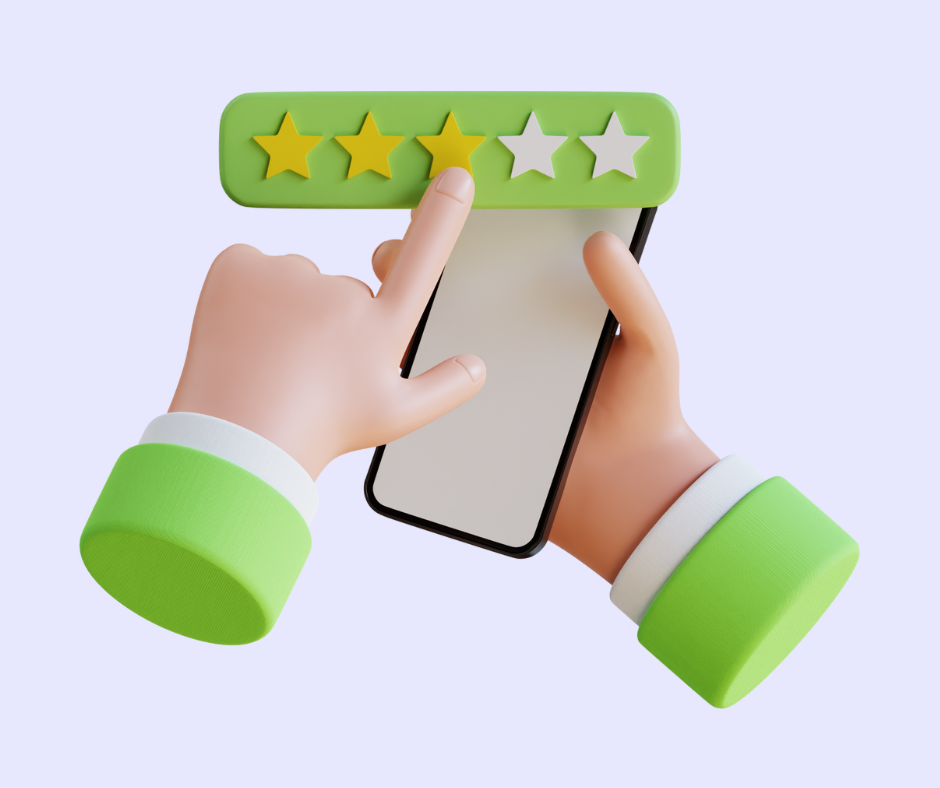Guide to creating a social media marketing strategy for your small business
Social media has become an indispensable part of the marketing landscape, and it's a powerful tool for small businesses looking to build their brand and connect with customers. However, with so many social media platforms and tactics available, it can be overwhelming for small business owners to know where to start. That's where a well-crafted social media strategy comes in. By defining your goals, understanding your audience, and selecting the right platforms, you can create a winning social media plan that drives engagement, builds your brand, and ultimately grows your business. In this blog post, we'll explore the key components of a successful social media strategy for small businesses, and provide actionable tips to help you get started.
Ready to create your small business social media strategy?
Why you need a social media strategy
Define your goals and objectives
Know your target audience
Choose the right social media platforms
Develop a content strategy
Create a social media content calendar
Engage with your audience
Monitor and measure your results
Adjust your strategy as needed
Tips for social media success
Why you need a social media strategy
While social media can be a powerful tool for small businesses, many make the mistake of using it without a clear strategy. Without a social media strategy, you risk wasting time and resources, and potentially damaging your brand's reputation. It's important to have a solid plan in place to effectively reach and engage with your target audience, as well as measure the success of your efforts.
Define your goals and objectives
Defining goals and objectives is a crucial step in creating an effective social media marketing strategy for your small business. It's important to determine what you want to achieve with your social media efforts, whether it's to increase brand awareness, drive traffic to your website, generate leads, or boost sales. Once you've identified your goals, you can create specific objectives that are measurable, achievable, relevant, and time-bound.
For example, if your goal is to increase brand awareness, your objectives might include increasing your social media following by a certain percentage, increasing your reach and impressions, and improving engagement with your audience. By setting specific and measurable objectives, you'll be able to track your progress and adjust your strategy as needed.
Defining your goals and objectives upfront can also help you prioritize your efforts and allocate resources effectively. It ensures that you're focused on activities that will help you achieve your desired outcomes and avoid wasting time and resources on tactics that don't align with your goals.
Know your target audience
Knowing your target audience is essential before creating a social media marketing strategy for your small business. You need to have a clear understanding of who your customers are, what they like, what they dislike, and what motivates them. By doing so, you can tailor your social media content to their preferences, making it more engaging and effective in converting them into customers.
One way to know your target audience is by creating buyer personas, which are fictional characters representing your ideal customers. You can base your buyer personas on market research, customer surveys, and social media analytics. By understanding their demographics, interests, pain points, and online behaviour, you can create social media content that resonates with them.
Overall, knowing your target audience allows you to create social media content that is relevant and valuable to them, which can lead to increased engagement, brand loyalty, and sales.
Choose the right social media platforms
Choosing the right social media platforms is crucial for the success of your small business's social media marketing strategy. You need to select the platforms that align with your goals and where your target audience spends their time.
For instance, if you are targeting a younger audience, you might want to focus on platforms such as TikTok and Instagram, while if your audience is more professional, platforms such as LinkedIn may be a better fit.
It's also important to consider the type of content you want to create and share, as well as the features and tools offered by each platform. For example, if you plan to share visually appealing content, platforms such as Instagram or Pinterest may be a better fit.
Ultimately, choosing the right social media platforms will help you maximize your efforts and reach your desired audience with the right message.
Adjust your strategy as needed
Social media platforms and trends are constantly evolving, and what worked yesterday may not work today. Therefore, it's important to monitor your social media analytics regularly to determine what's working and what's not.
Based on your analytics, you may need to adjust your posting schedule, the types of content you share, or the social media platforms you use. For example, if you find that your audience is not engaging with your posts on a particular platform, you may want to focus more on another platform that is yielding better results.
It's also important to stay up-to-date with social media trends and changes to algorithms to ensure your strategy stays relevant. By continuously monitoring and adjusting your strategy, you can improve your reach, engagement, and ultimately, your return on investment (ROI) for your small business.
Related Articles
Ready to set up your social media strategy? Get Started With Fickl Today.




